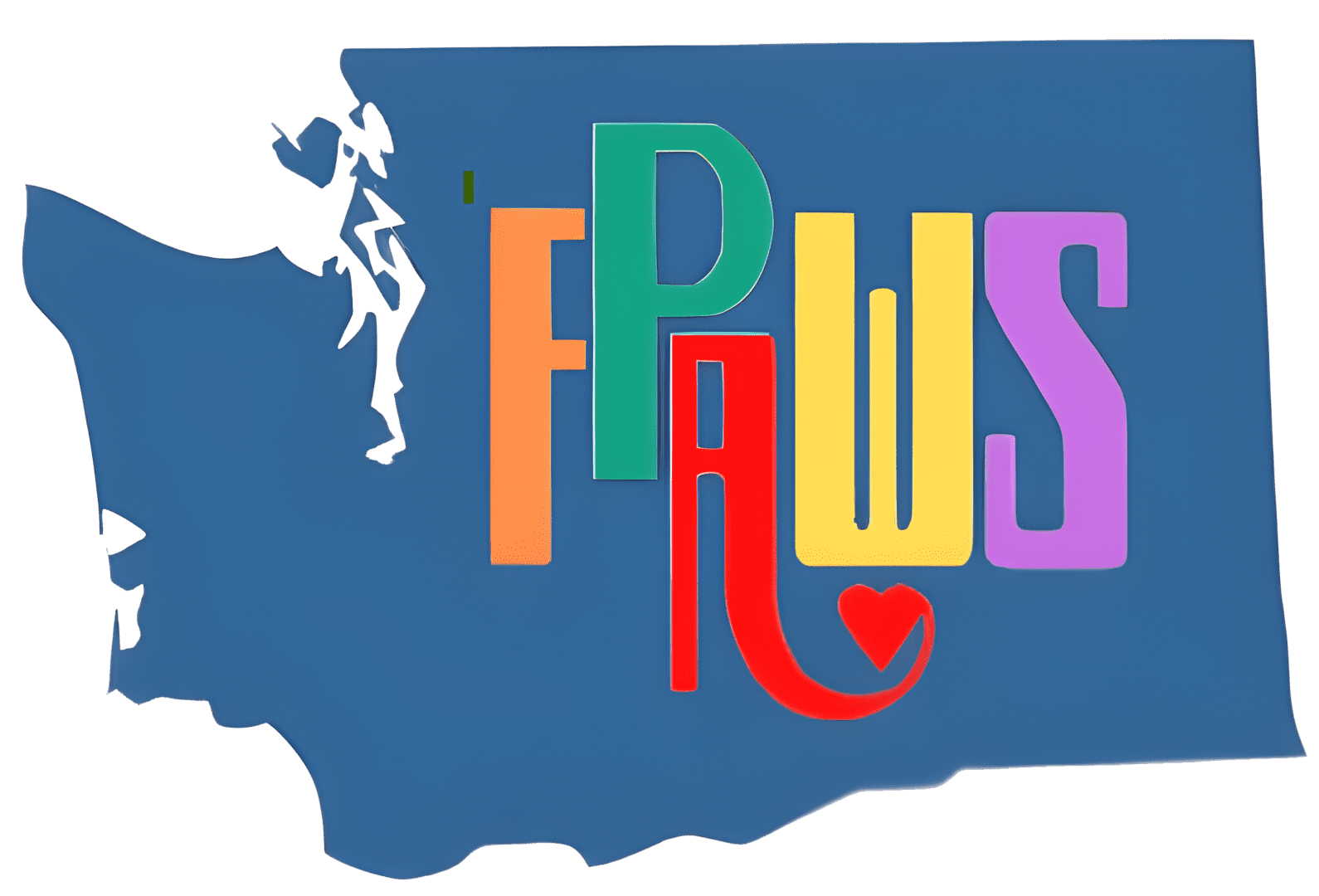The IRS is the only organization that can give a definitive answer to questions about taxes or the stimulus check. Because they are currently implementing new rules, sometimes even they don’t know yet how an edge case will be handled. DCYF is getting their answers from the IRS just like anyone else.
The IRS is publishing many articles, explanations and FAQs to try and help everyone understand and claim stimulus payments: you can find them at https://www.irs.gov/coronavirus/economic-impact-payment-information-center
On this page are some questions that may be specifically relevant to foster families:
- what if I didn’t file taxes?
- how do I calculate what my check will be?
- what about children not claimed by anyone?
- what about children that I claimed but have already left?
- where is my payment?
What if I didn’t file my taxes?
If you have not yet filed taxes for 2019 but you are required to, you are encouraged to file them as soon as possible. You cannot use any other method to claim a stimulus check.
If you were not required to file a tax return for 2019 and nobody has claimed you as a dependent in 2019, the IRS has created a form where you can enter your personal information to receive a payment. Go to https://www.irs.gov/coronavirus/non-filers-enter-payment-info-here. (This is likely to apply to former foster youth or youth in Independent Living).
How do I calculate what my check will be?
From IRS.gov: Eligible individuals will receive $1,200. Two eligible individuals filing a joint return will receive $2,400. You will receive an additional $500 Payment for each qualifying child you claimed on your tax return being used to calculate your Payment who meets the following conditions:
- The child is your son, daughter, stepchild, eligible foster child, brother, sister, stepbrother, stepsister, half-brother, half-sister, or a descendant of any of them (for example, your grandchild, niece, or nephew).
- The child is claimed as a dependent on your tax return.
- The child was under age 17 at the end of the taxable year.
- The child was a U.S. citizen, U.S. national, or U.S. resident alien.
- The child has a valid SSN or an Adoption Taxpayer Identification Number (ATIN)
There is no statutory limit on the number of qualifying children taken into account for purposes of the rebates.
From IRS.gov: Is a child born, adopted, or placed into foster care in 2020 a qualifying child for the Payment?
The Payment in 2020 will not include an additional amount for these children because the Payment in 2020 is based only on information from your 2019 or 2018 tax return. You may claim the child next year for an additional credit on your 2020 tax return.
From IRS.gov: I received an additional $500 Payment in 2020 for my qualifying child. However, he just turned 17. Will I have to pay back the $500 next year when I file my 2020 tax return?
No, there is no provision in the law requiring repayment of a Payment. When you file next year, you can claim additional credits on your 2020 tax return if you are able to eligible for them, for example if your child is born in 2020. But, you won’t be required to repay any Payment when filing your 2020 tax return even if your qualifying child turns 17 in 2020 or your adjusted gross income increases in 2020 above the thresholds listed above.
From IRS.gov: I claimed my child as a dependent on my 2019 tax return. She is graduating from school in 2020. Will she receive her own Payment?
No, your child will not receive a Payment in 2020 because you claimed her as a dependent on your 2019 tax return. She will not receive a $1,200 credit in 2021 if you can claim her as a dependent on your 2020 tax return.
However, if your child can’t be claimed as a dependent by you or anyone else for 2020, she may be eligible to claim a $1,200 credit on the 2020 tax return she files next year.
Where’s my check?
- If you have already filed taxes, you can look up your payment (and add or correct direct deposit information) on this IRS “Get My Payment” webpage.
- If you currently receive government payments for retirement/survivor’s benefits/disability, and you do NOT normally file a tax return, you should be receiving your check the same way you receive your normal payments. You cannot use the “Get My Payment” page.
- If you are not required to file a tax return this year, you can enter your information on the IRS Non-Filers Information page. After doing this, you may be able to use the “Get My Payment” page to look up when it will arrive if the government has enough identifying information from you.
Two weeks after the IRS makes your payment (either by direct deposit or by check), they will mail a letter to the last address they know for you. This will allow you to report if you have not received the payment. But be careful – there are a lot of people using the confusion about this payment to scam people. Always go to IRS.gov and then search for the form you need if you are not certain who sent a letter or email.

